About Us
Head Office Team - Havana, Cuba
-

Anne-Maree Pearce
LAT President
-

Judith Reyes
Gen. Manager, Admin. & Finance
-

Yudith Acosta
Groups, Reservations & Sales Manager
We provide hotels and services all around the island.
We divided Cuba into 4 regions: Havana, Western, Central & Eastern where we promote interesting places to visit.
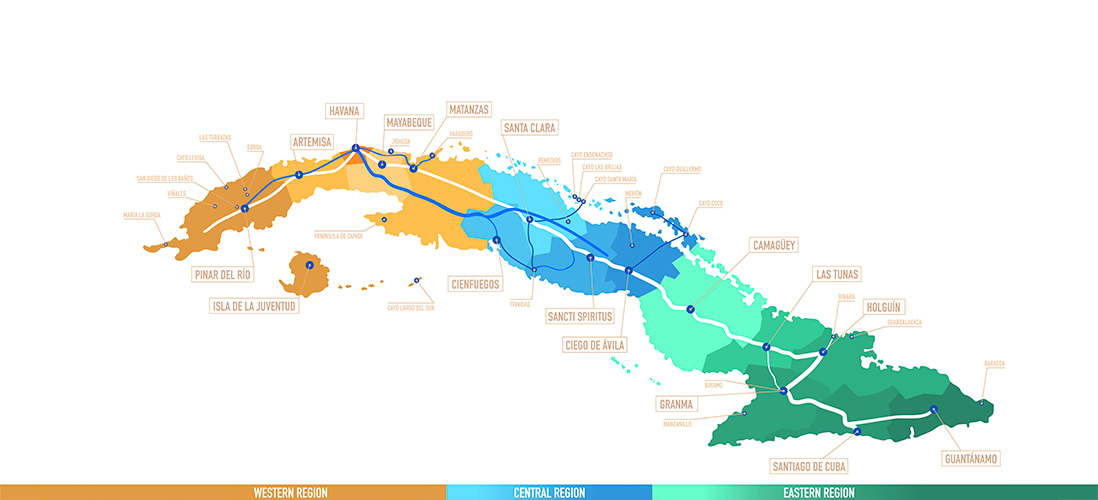
Havana
Declared World Heritage Site in 1982. The old sector of town can be the most exciting Cuba travel experience, to be lived by walking its Plazas, cobbled-stone streets and alleys, churches, museums and art galleries or simply riding in fully refurbished American classic cars.
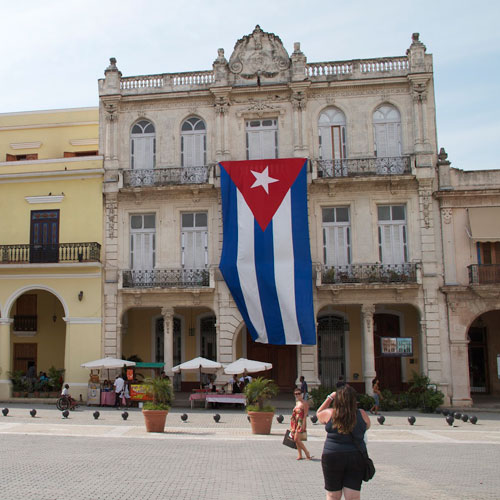
Old Square, Old Havana
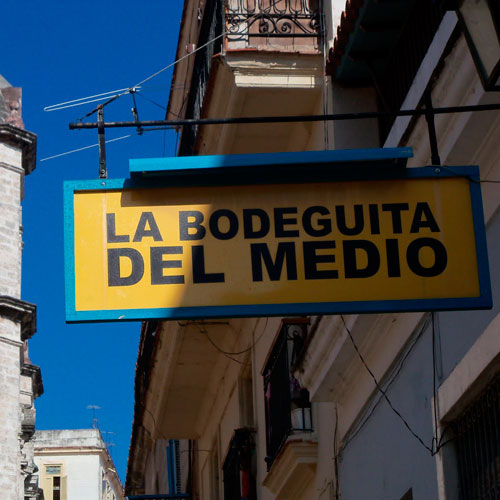
La Bodeguita del Medio, Old Havana
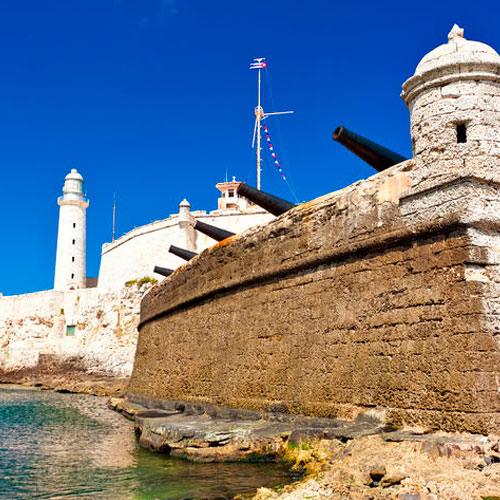
Morro Castle, Old Havana
Western
Soroa
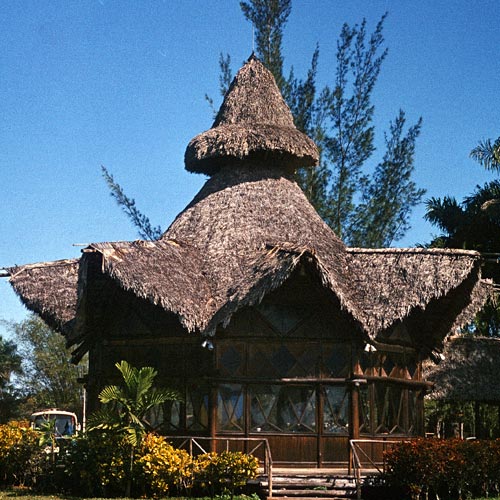
Located 81 km west of Havana, in the Sierra del Rosario, Soroa has a microclimate marked by considerable seasonal rainfall. This region is popular among birdwatchers and its largest attraction is Soroa’s orchid garden, founded in 1948, with more than 20,000 orchids.
Las Terrazas

Designated a Biosphere Reserve by UNESCO in 1984, Las Terrazas is a rural community of sustainable development, located on the banks of the San Juan river, in the province of Artemisa. This area is of great interest to birdwatchers, hikers and those who love adventure.
Viñales

The Viñales Valley is a valley in the province of Pinar del Río, in the western region of Cuba. With astonishing landscapes and its beautiful mogotes surrounding the valley, it has been designated a Cuban national park and a UNESCO World Natural Heritage Site in 1999. It is the perfect place for nature enthusiasts.
San Diego de los Baños
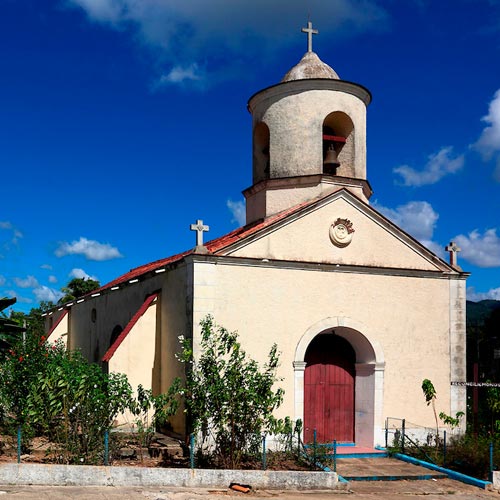
A tiny village nestled in a landscape of great natural beauty that combines beaches, sun, culture and traditions. This perfect blend is enhanced with the health facilities and spas with mineral waters specialized in providing different medical treatments.
Varadero
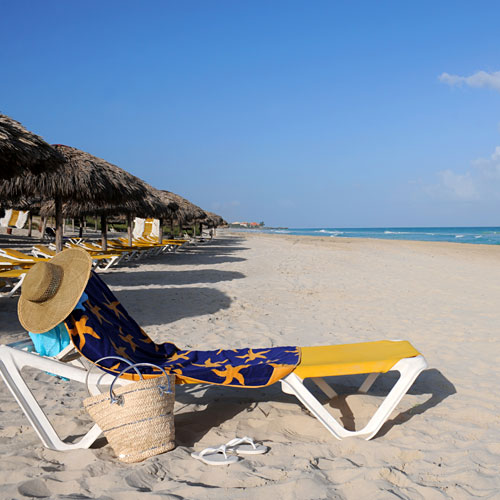
Located on the Hicacos Peninsula in Matanzas province, 130 kilometres east of Havana, the area stands out for its approximately 20 km beautiful beaches of white sand and turquoise waters. The coastline is full of all-inclusive beach hotels for total relaxation.
Peninsula de Zapata
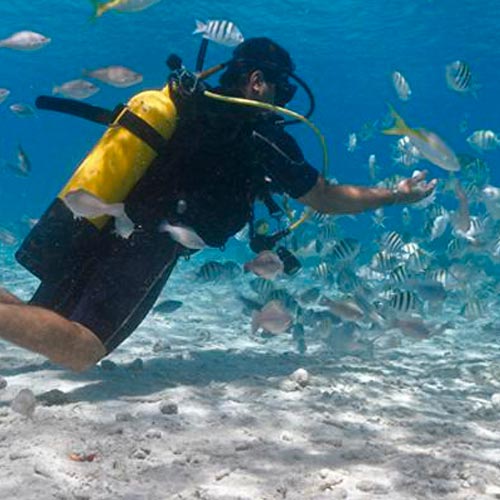
Declared a Biosphere Reserve and Ramsar site, it is the largest wetland in Cuba and the Caribbean and one of the largest in Latin America. The area is a shelter of 190 species of birds, 31 types of reptiles, 12 species mammals and array of fish, insects and sea creatures.
Central
Cienfuegos
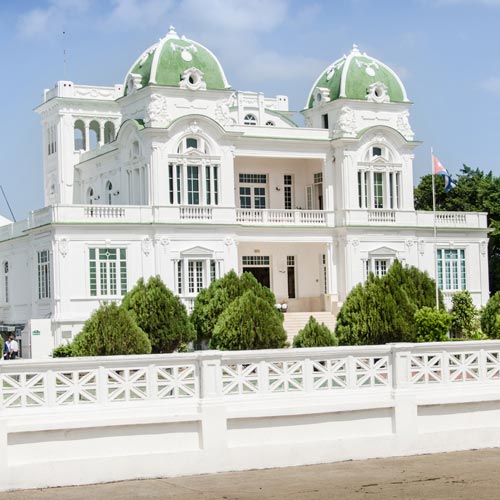
Known as the Pearl of the South, in July 2005 the historic urban centre of Cienfuegos was declared a World Heritage Site by UNESCO. Founded by French settlers, the city's eclectic architecture preserves an abundance of neoclassical decoration and it is one of the best laid out cities in Cuba.
Santa Clara
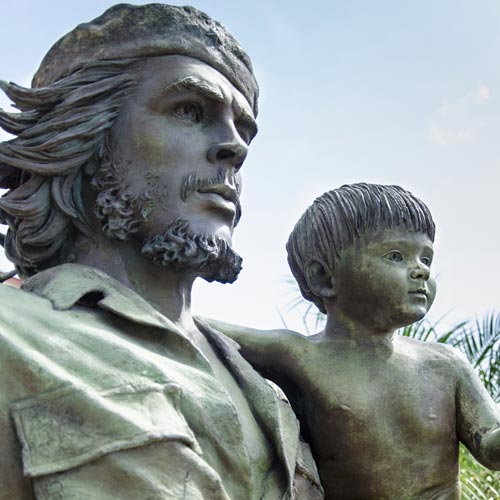
The so called "City of Che", it is known for the battle of Santa Clara that was decisive for the Cuban Revolution, as well as for keeping the remains of the Argentinean-Cuban guerrilla commander Ernesto Guevara and his comrades in arms on its soil.
Trinidad
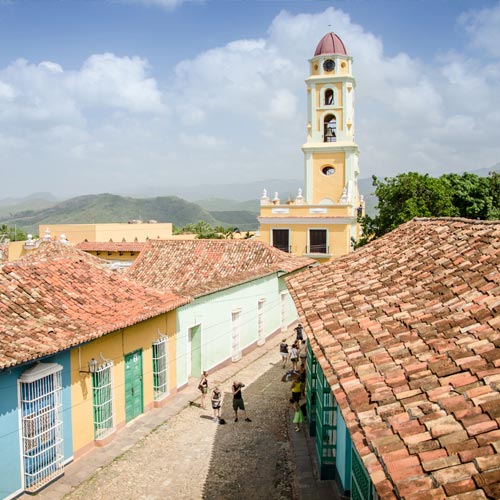
A 16th century town in the south of the province of Sancti Spíritus for wondering across time in a 21st century atmosphere. It is one of the best-preserved colonial cities not only in Cuba, but also in America, with marvellous cobbled streets and colonial buildings. Together with the nearby Valle de los Ingenios, it has been one of the UNESCOs World Heritage sites since 1988.
Cayo Coco
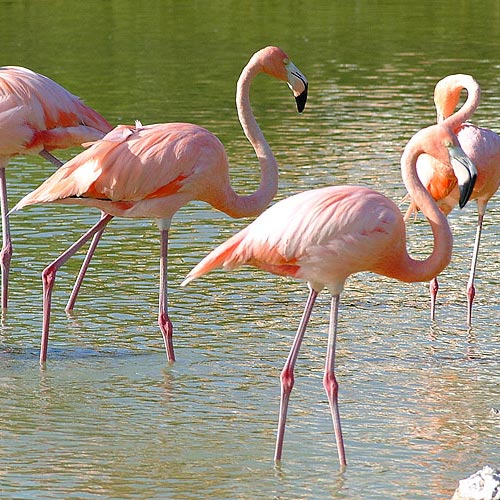
Located in the province of Ciego de Avila, it is part of a chain of islands known as ‘Jardines del Rey’. The key is very famous for its beautiful beaches, luxurious all-inclusive resorts and rich wildlife.
Eastern
Camagüey
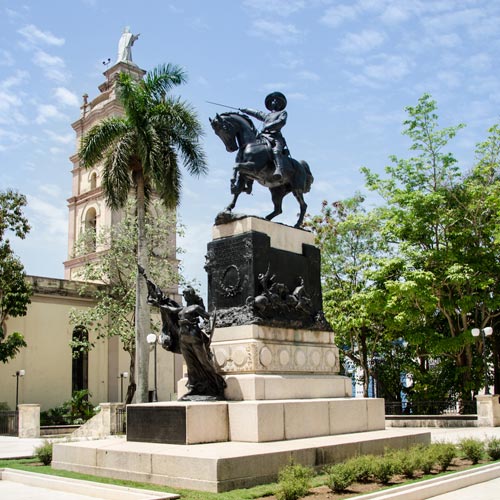
In July 2008, the old town was designated a UNESCO World Heritage site. Camaguey is known for its wild plains, its ornate grilles, and the famous tinajón. The layout of Camagüey is the most asymmetrical of all the towns founded by the Spanish in Cuba..
Bayamo
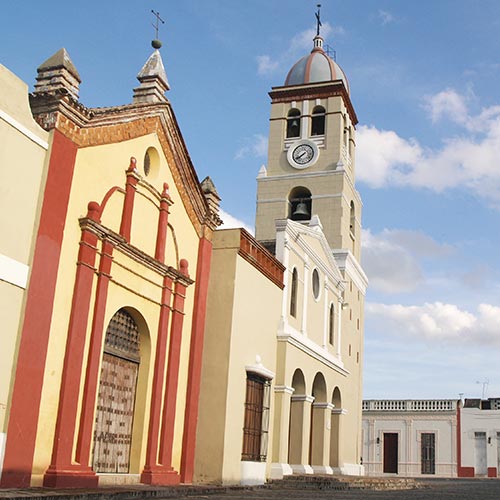
The city still preserves horse-drawn carriages as a reminder of colonial traditions, but is best known by transcendental facts such as being the place where the national anthem of Cuba was written. Also, in 1869, its inhabitants preferred to burn down the city rather than surrender it to the Spanish colonial army.
Santiago de Cuba
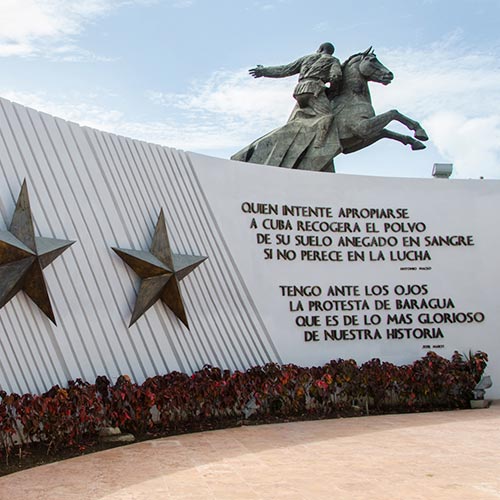
Santiago de Cuba, known as the hero city because of the important battles fought in this territory, is a city full of surprises from architectural jewels, to battle grounds, colonial fortresses, sunken ships, mountain trails and the best of traditional music.
Holguin
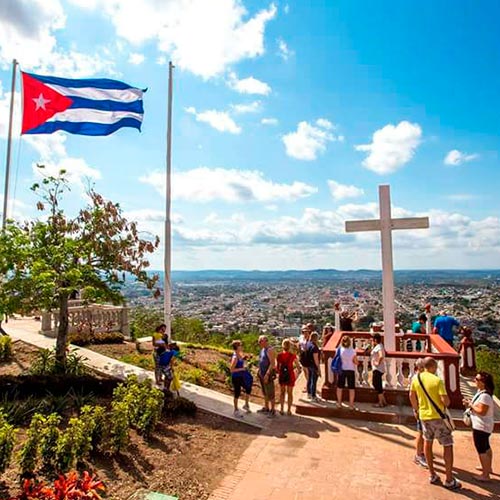
Founded in the early 16th century, this city is known as “the city of parks”. Another of the main attractions of the nation’s fourth-largest city is La Loma de la Cruz. Its beautiful flora also dazzles all visitors.
Guardalavaca
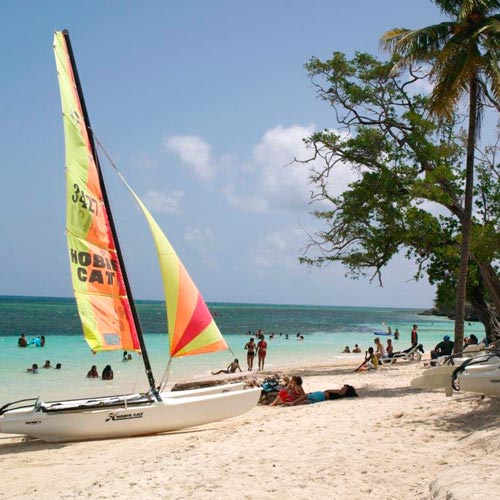
Located on the Atlantic coast of Holguín province, this is one of the most famous beaches in the Holguin province, with its many luxuriant coral reefs and interesting cliffs, it offers good snorkeling in all of its excellent dive sites.
Baracoa
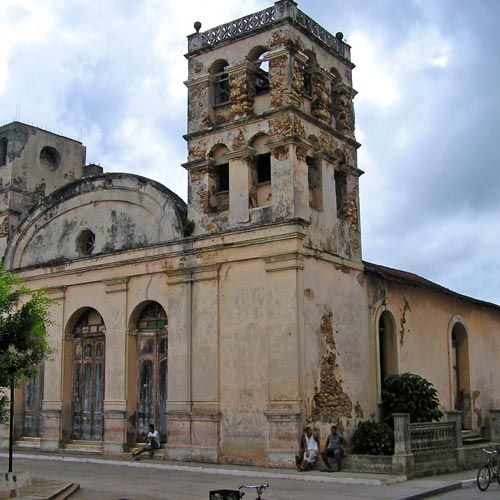
Situated at the remote northeastern corner of the island, this almost unspoiled colonial village is surrounded by secluded beaches and virgin rainforest. The first city is famous for a table-topped hill called El Yunque, its delicious chocolate, and a typical ambrosia of the region.












